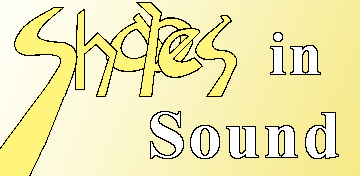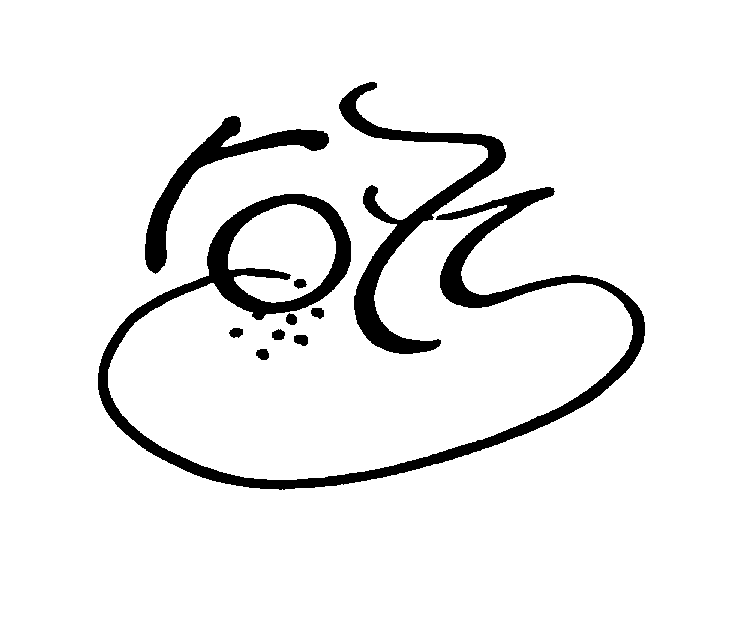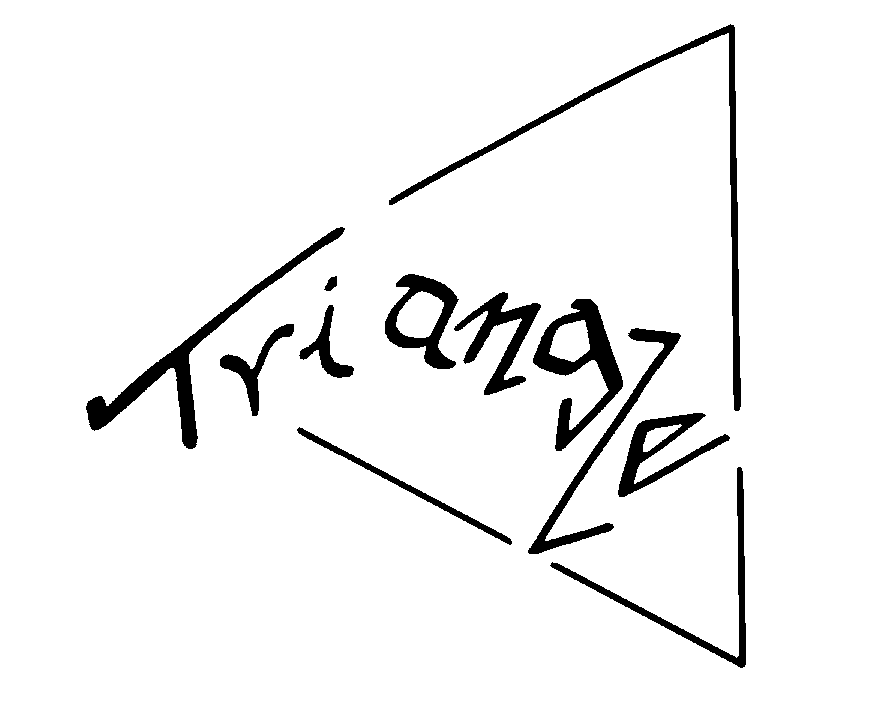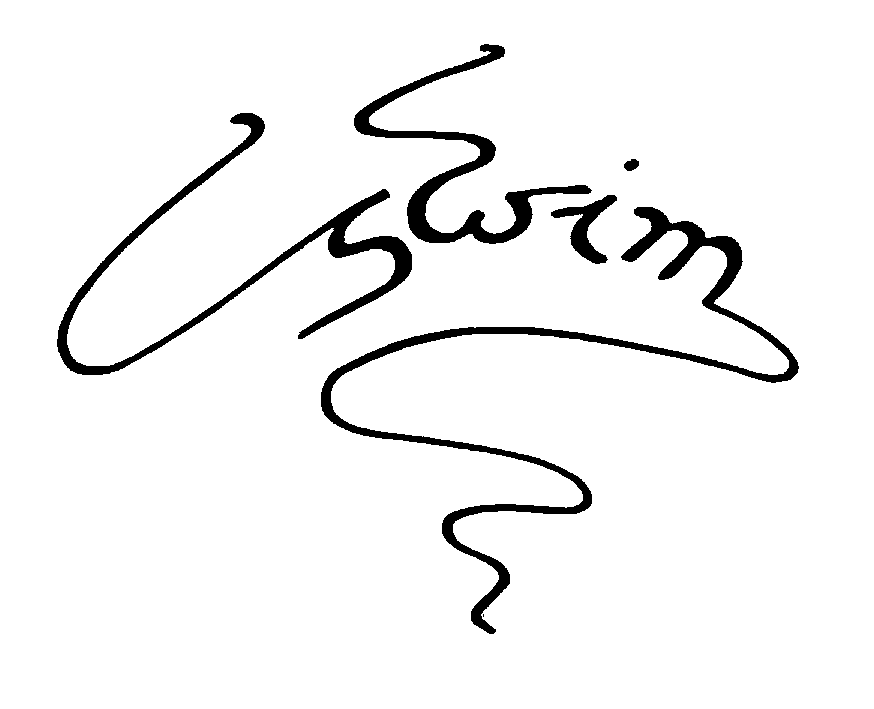



FROM SOUND TO SPEECH
The basic sound that comes from our vocal folds undergoes many subtle alterations before it becomes recognizable speech. Traditional thinking recognizes the development of sound qualities by the shapes and movements of the mouth, tongue, lips etc., directing air and sound into the air filled cavities. However, vocal sound resonates in the body tissues as well as the air spaces, and we have a highly refined ability to control which tissues are free to resonate and which are not.
Shaping Sound. By controlling reflection and resonance we can create shapes in sound. We can direct vocal sound to the high or low spaces of our bodies, from one side of the body to another, to move in smooth curves or bounce around in sharp angles.
Exercise 1. Say ‘roll’ and feel your mouth make a big round space whilst the ‘l-sound’ resonates deep down in your abdomen. |

|
Exercise 2. Say ‘triangle’ and feel the sound bounce around in sharp angles |

|
Exercise 3. Say ‘swim’ and feel the sound move in smooth curves, like a fish's tail. |

|
Exercise 1. Say ‘roll’ and feel your mouth make a big round space whilst the ‘l-sound’ resonates deep down in your abdomen. |

|
|
|
|
Exercise 2. Say ‘triangle’ and feel the sound bounce around in sharp angles |

|
|
|
|
Exercise 3. Say ‘swim’ and feel the sound move in smooth curves, like a fish's tail. |

|
Acoustic Spaces. Our ability to direct the resonance of sound goes beyond the black and white concept of a tissue reflecting sound or resonating it. Just as we can add furnishings and carpets to affect the acoustic qualities of a room, we seem to be able to control the acoustic textures of the body tissues associated with vocal sound production.
The acoustic texture given to the pronunciation of a word affects the emotional or feeling content of the communication. This is one of the major differences between the spoken and written languages. Whilst the written form may have a definite meaning, the same word can be used by a speaker to convey a different, sometimes opposite meaning.
Hearing with your body.
Acoustic hearing.
Using breath to make sound.
From sound to speech. (this page)
Active reading.
From sound to symbol.